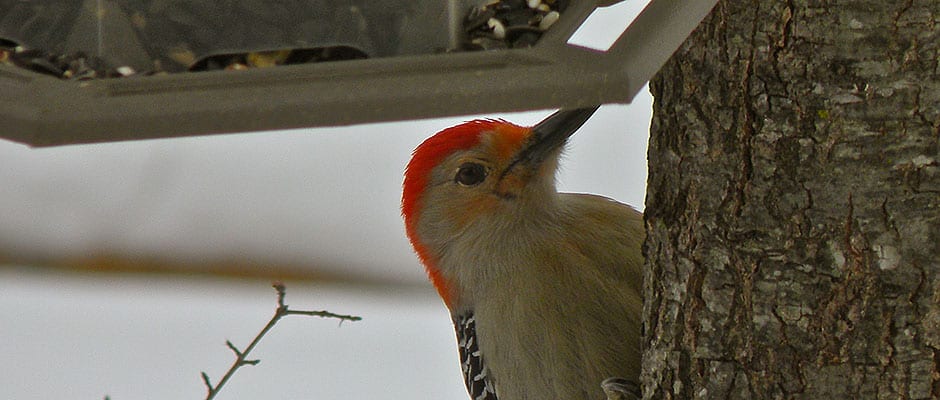Share this article
Supplemental Feeding: To Feed or Not to Feed Wildlife
When it comes to the age-old question of whether or not to feed wildlife, a new study is finally providing us with a step in the right direction.
Depending on a few different factors including the type of animal and the kind of food it’s given, feeding wildlife can either increase or decrease instances of disease in the animals, according to the study published in Ecology Letters late last month.
The study was a meta-analysis of 20 studies on supplemental feeding across the world, according to Daniel Becker, a PhD candidate at the University of Georgia Odum School of Ecology and lead author of the study.
“We were motivated by knowing that supplemental feeding in a broader sense is providing wildlife with food whether it’s intentionally through birdfeeders or management methods, or through accidental means such as foraging in garbage dumps, which is sometimes associated with increased risk of disease in wildlife,” Becker said. “There were some studies that showed more animals who were being fed having a disease, and there were some cases where some people had found the opposite.”
Becker and his team systematically looked at past literature, noting qualitative and quantitative data from findings in past supplemental feeding studies. They then divided the studies’ findings up into four different categories: recreational feeding, like birdfeeders; resources left out for wildlife, as in agriculture; urban resources such as trashcans; and management. In the end, the team had a few ideas as to why infection might differ in different feeding environments, Becker said. They hypothesized that the type of pathogen, for example, whether it is a virus or a parasite is a factor as well as the type of feeding environment, whether it was accidental or intentional feeding.
In fact, researchers found in the recreational feeding category, which includes birdfeeders, tourism or feeding stations, wildlife on average had a greater infection rate from bacteria or viruses, Becker said. This is likely because animals come into greater contact with one another, and high densities and aggregations of wildlife supports disease transmission.
Becker and his team also analyzed the studies’ reports of the behavior and condition of the animals. While Becker initially hypothesized that similar to humans, the more animals are in good condition and eat every day, the better their immune systems will function, research suggested otherwise.
“One-third of the studies we looked at showed the immune defense of wildlife and body condition,” Becker said. “One surprising result we found was when people feed wildlife their immune systems actually get worse.”
Becker said this is because the animals are acquiring more food, but also are contracting more diseases associated with the food. Their immune system suffers since they’re not being fed high quality food when it comes from resources like trashcans. Becker currently is working on a case study in Latin America to test the same factors including supplemental feeding on immune defenses in the common vampire bat (Desmodus rotundus).
While in some instances supplemental feeding increased diseases, the researchers occasionally noted a decrease in disease. For example, Becker and his team found that in urban feeding environments, including trashcans, red foxes feed more on supplemental food and, as a result, are less likely to get infections from parasites such as tapeworms, Becker said.
“We don’t want to give the sense that feeding wildlife is always a bad thing,” Becker said. “We need to develop a better knowledge of when and where feeding will make disease worse. Our research highlights the directions to go in general contexts of where wildlife might be more at risk for diseases.”
Header Image:
A red-bellied woodpecker (Melanerpes carolinus) approaches a birdfeeder in Oklahoma. In a new study, researchers completed a meta-analysis of 20 supplemental feeding studies and found based on the type of pathogen and the way wildlife are fed, diseases may increase or decrease.
Image Credit: Kristin Nador via Flickr








